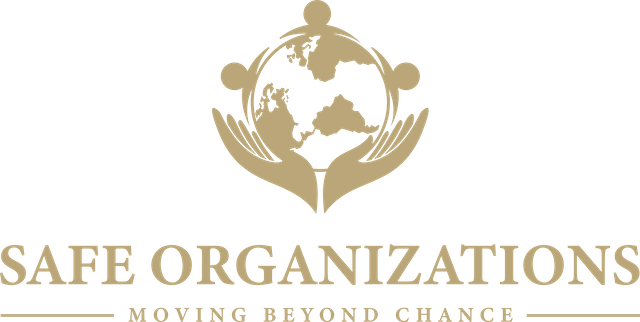What is Safeguarding?
There is an inherent power differential between an organization and the people within the communities where it operates. The unequal power dynamic heightens the risk for abuse of power, influence, and trust, which can manifest through myriad types of harm. Safeguarding cannot eliminate risk but establishing robust approaches to recruitment, onboarding, employee relations, community engagement and other mitigation strategies can reduce the likelihood of harm.
Safeguarding is an active, ongoing commitment to the safety and well-being of individuals, groups, and communities. It is a verb and requires action. It's not something that can exist in isolation; it is a continuous, evolving practice. While safeguarding aims to prevent harm such as abuse, exploitation, discrimination, harassment, and bullying within organizational operations and programming, its purpose goes beyond prevention. At its core, safeguarding is about fostering environments where people are not only protected but also empowered to thrive: where dignity is upheld, and goodness can truly grow.
Safeguarding is an evolving practice rooted in cultural humility, shared power, and continuous learning. While policies provide structure, safeguarding ultimately reflects an organization’s culture—its values in action. This can present challenges, as true safeguarding requires ongoing commitment, accountability, and integrity. It is not just about compliance, but about cultivating a culture where people feel respected, protected, and valued.
Abuses of power can occur in any organization—non-profit or for-profit, religious or secular, serving children or adults. Left unaddressed, they erode trust, silence voices, and create environments where harm can take root. Safeguarding is essential not only to prevent such harm but to actively build cultures where people feel safe, valued, and empowered to participate fully.
This requires organizations to equip their workforce with the understanding and responsibility to protect children, adults, communities, and colleagues. It also means engaging communities as partners in identifying risks and responding to concerns.
A true commitment to zero tolerance for inaction ensures that everyone (e.g., children, adults, community members, and staff) has access to safe, trusted ways to report concerns. And it guarantees that all credible reports are met with timely, serious, and proportionate action. Only through this can organizations create environments where people not only avoid harm but are able to thrive.
Organizational accountability to complainants—whether children or adults, affected persons or survivors—requires that safeguarding processes are person-centered, trauma-informed, and responsive to the needs and wishes of those who have experienced harm. This includes how decisions are made and how aftercare is provided.
However, being responsive does not mean avoiding difficult processes or softening language to the point of obscuring truth. Upholding accountability means being clear, honest, and transparent about what actions are being taken, including formal procedures like investigations, while ensuring those procedures are carried out with care, safety, and sensitivity.
Throughout the safeguarding cycle, organizations must work in partnership with children, adults, staff, and representatives to empower them to exercise their right to protection. This collaboration is key to fostering healthy reporting cultures. At the same time, organizations must ensure that accountability for addressing harm is never compromised, even as procedures are adapted to reflect safety, risk, and individual circumstances.
